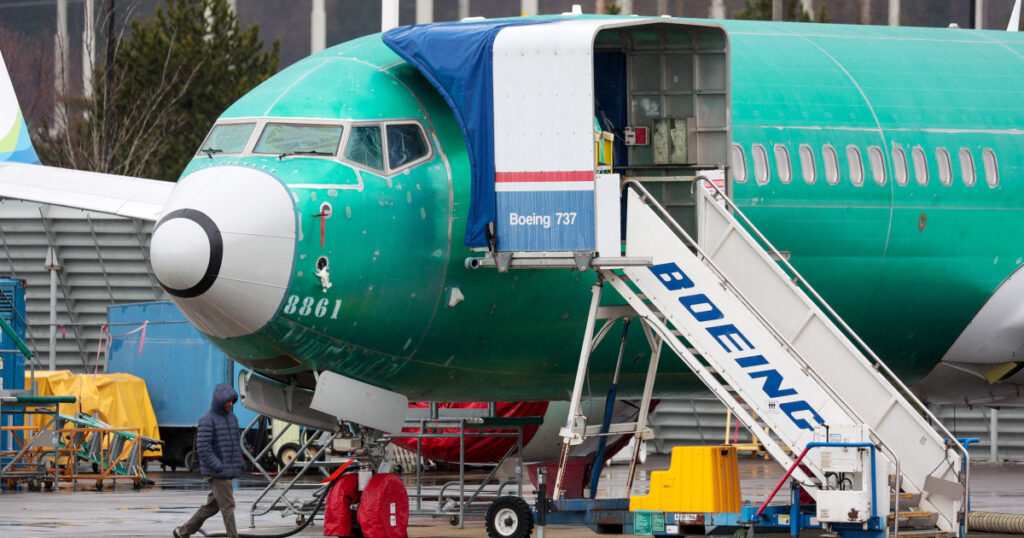An investigation is underway into a Boeing-manufactured United Airlines plane that experienced “stuck” rudder pedals during a landing rollout last month.
Flight 1539, which had flown from Nassau, Bahamas, experienced the mishap after touching down at Newark Liberty International Airport in New Jersey on Feb. 6, according to a National Transportation Safety Board preliminary report released Thursday.
The captain of the Boeing 737-8 aircraft reported that during the landing rollout, which occurs after touchdown and before the plane slows to taxi speed, the rudder pedals did not respond to the application of foot pressure while there was an attempt to “maintain the runway centerline,” the report said.
Instead, the pedals were “stuck” in their neutral position.
“The captain used the nose wheel steering tiller to keep the airplane near the runway centerline while slowing to a safe taxi speed before exiting the runway onto a high-speed turn-off,” the report said.
During the high-speed turnoff, the captain asked the first officer to check his rudder pedals and he reported the same issue. Shortly after that, the rudder pedals began to operate normally, the report said.
The aircraft, carrying 155 passengers and 6 crew members, was able to park safely. No one was injured.
The flight crew then notified United Airlines maintenance of the flight control malfunction and the plane was removed from service for maintenance and troubleshooting.
A review of the flight’s data recorder corroborated the pilot’s account of what happened, and showed that the rudder surface position remained near its neutral position during the landing and rollout, even though the force inputs to the rudder pedals were increasing, the report said.
The data showed that about 30 seconds after touchdown, a “significant pedal force input was observed along with corresponding rudder surface movement. Afterward, the rudder pedals and rudder surface began moving as commanded and continued to…
Read the full article here





